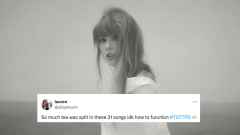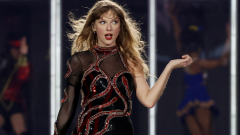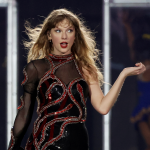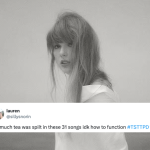
Fashion photographer Darren McDonald was born in Hong Kong, raised on the Gold Coast and is now based in Sydney. His talent has sent him to some beautiful locations, landed him high-profile editorial shoots with ELLE, Yen, Harper’s BAZAAR and Oyster, and campaign work for the likes of Agent Provocateur and Lane Crawford, Hong Kong. At the age of 26 the world is his oyster, however Darren told Pedestrian his rise through the ranks of fashion photography hasn’t just been self-expression, beautiful women, glamorous sets and smooth sailing; there’s also been shitty jobs, heinous clients, and the fashion industry’s archaic ageist hierarchy. Darren shared with us, most eloquently, the journey of his fast-blossoming career: from retail rent boy to ambitious artist.
In brief:
“I was born in Hong Kong in 1983 to a Chinese mother and an Australian father. I was raised in an expatriate community on an outlying island in the South China Sea, half an hour from the city by boat. I attended an international school in the mountains above the city, commuting by ferry twice a day for seven years. My childhood was a cross-cultural infusion. A year before the end of Hong Kong’s tenure as a British colony, aged 12, I departed to a Queensland boarding school where I would spend the next six years and the entirety of my adolescence. Upon graduation, aged 18, I travelled through Africa, Asia, and North America, before returning to Queensland to begin university studies in business and law degrees.
“I began working in retail during university, before finding myself in a variety of ill-fitting bar jobs. I made extra income ghost writing assignments and the occasional stint of catering/waiter work. I was then granted my first photographic opportunity shooting portfolios for the agency which had represented me – Vivien’s, in Brisbane. Six months after graduating from university, I placed runner up in the inaugural Harper’s Bazaar photography award. I then decided to move back to Hong Kong to experience the city as an adult. There, my career began in earnest.
“I left Hong Kong 18 months later having worked for Harpers Bazaar, ELLE, Style, Tatler, the South China morning post, Agent Provocateur, and Lane Crawford. I arrived back in Australia, spending a few months commuting between Brisbane and the Gold Coast before moving to Sydney. Here, I’ve spent my first year as a contributor to Oyster, Yen, Style, Soma, and a variety of commercial clients and Asian publications. I’ve just begun contributing video content to Harpers Bazaar and Oyster.”
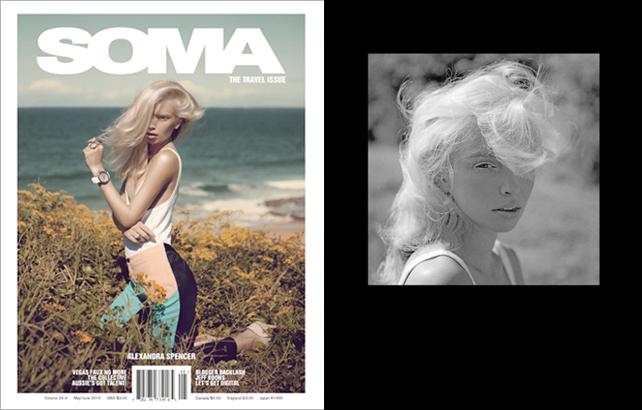
Pedestrian: How did you first get into photography- why was that the direction you chose?
Darren: For as long as I can remember I have been captivated by visual imagery. My initial ambitions though, were specifically involved with film. I spent my high school years daydreaming about title sequences, passages of dialogue, and cinematography. I knew that I wanted to be involved in something creative, but I wasn’t sure in which capacity it would be. For a few years though, my plans were to be derailed. Because of my involvement with public speaking, debating, and writing, the school guidance counselors implored me to study law. Subsequently, I enrolled in business and law degrees at university, finishing the business degree and finding myself halfway through law, languishing in tedium.
I decided then that I would abandon the practical imperative and pursue a career doing something I loved. Without training, the resources, or the equipment, I was unsure how to begin making films and decided to invest my time taking photography more seriously. By this stage, it had already been a long-time hobby and the more I explored it, the more I saw it’s potential. It was an exciting revelation. Looking back, I suppose photography was a concession of sorts, but with the clarity of hindsight, I wouldn’t have it any other way.
Did you always know you wanted to work in fashion / photography?
Fashion in the strictest sense (clothing) has only ever been a peripheral interest. What interested me was the industry of fashion. The industry is a vehicle for the expression of the most progressive of aesthetic ideas and being surrounded by this vanguard of creativity was always an appealing prospect. Through collaboration with the associate creative disciplines of art and film, architecture and design, and music and literature, the depth of potential that the industry offers is unrivalled, creating an inspiring working environment in which there is an expectation to be progressive. Fashion is the subject of my pictures and I have since developed a relationship with it, but it was innovation, not fashion, which was the allure.
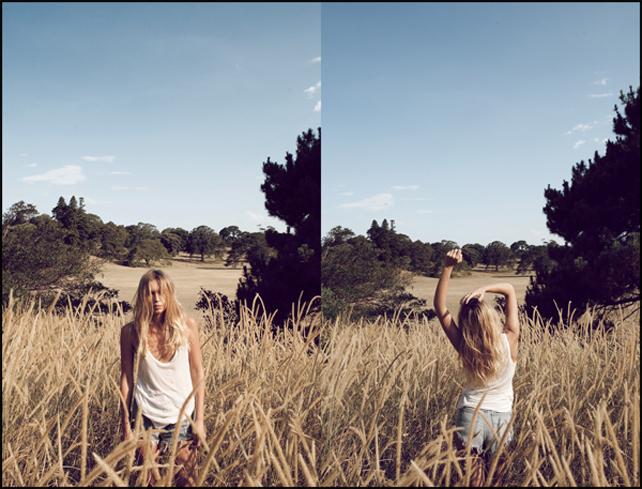
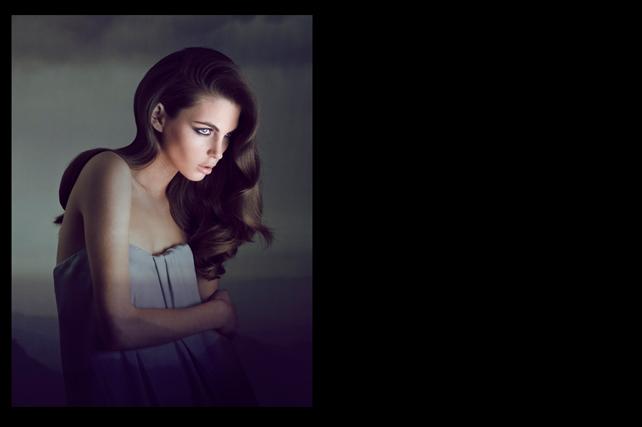
Photography’s role in the industry is but a cog in a capitalist’s machine. My job exists to create a visual identity for brands or of people, producing aspirational archetypes of beauty that in turn, help designers sell more clothing and publishers sell more magazines. Photographers contextualize what is happening in the industry – they are the conduits through which the public sees fashion. This is the pragmatic side of photography, and not something I wholly understood when I began. I wanted to become a photographer because I loved taking pictures, and while I have no problem with the working function of my profession, it was not something I thought about when I first picked up a camera.
What’s been the highlight of your career so far?
I’ve been fortunate in my career to have worked on a variety of jobs that I have considered highlights. If I had to choose one though, it would have to be seeing my first Harpers Bazaar editorial on the newsstands in Asia. It was one of four shoots commissioned for the issue, the others belonging to Solve Sundsbo, Terry Richardson, and Glen Luchford. I was 24 at the time and it changed the trajectory of my career, almost overnight. I will always be thankful to the editorial staff there for giving me that opportunity.
Was there ever a certain person who inspired you or a defining moment that influenced you as a person?
My earliest memory of photography is of my father showing me his old 35mm camera in the study of our home. I immediately found the permanence of pictures intriguing, and during a humanitarian trip to India for two months in the summer of 2000, I began to document everything obsessively. A few years later, my dear friend Ying Ang (now an acclaimed photojournalist) introduced me to her body of work. Her pictures showed me how visceral photography could be, and how immediately you could realize an idea with a camera. I could single-handedly conceptualize, shoot, edit, and print a series of pictures in one day. The idea of instantaneous creative gratification began a consuming obsession.
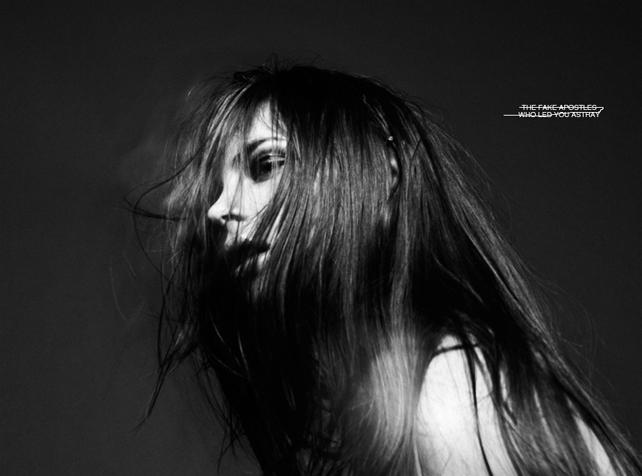

During the latter stages of university, one of my tutors in a business subject was the now celebrated Australian photographer, Georges Antoni. In his living room one evening he showed me his very first fashion portfolio, and from that moment onward, I was intent on becoming a photographer. Georges work showed me the essential difference between fashion and other photographic genres in that you ‘construct’ an image, rather than record one. Over the years he has been a role model and mentor.
Johanna Barclay and Sandra Robbins, of Vivien’s Models in Brisbane are the two people I should thank most for giving me a start as a fashion photographer. In a still unripe period when nobody should have been paying me to take pictures, they entrusted me with photographing the portfolios of their models. I am grateful to both of them.
I would also mention Serena Lee and Jenny Wong, the former fashion editors at ELLE magazine in Hong Kong. Both were influential advocates of my work in the early stages of my career, and at a time when most editors were keeping a tight leash on me, they insisted that I assert my direction unreservedly.
If you weren’t doing what you’re doing what’s another career path you might have taken?
I’m sure I would be in publishing, writing, advertising, or film. I am still seduced by the idea of throwing it all in to become a hermitic novelist. I’ll get around to it one day.
What’s been the worst job in your life thus far?
Without doubt, the worst job of my life was as at the now defunct ‘Opium’ bar on the Gold Coast.
It was the sort of pretentious venue patronized by wealthy philistines who would snap their overfed fingers for more champagne with one hand whilst groping the synthetic chest of their trophy wives with the other. The décor was an ostentatious calamity of Italian marble and gold leaf, and the owner was a vulgar little man who dripped in garish jewels, his shirt always unbuttoned two of three rungs too low. He treated the staff, myself included, with a disregard usually reserved for stray animals. In fact, I’m sure he was a misanthropist. I frequently fantasized about settling alight his Ferrari or embarrassing him in front of the shiny friends he had no doubt opened the bar to acquire. When possible, I found myself retreating to the sanctuary of the cold room where I would sit on the phone to my girlfriend, asking her to describe her day for the fourth time. Shivering.
The worst photography job I’ve ever had was taking the portrait of a (unnamed) Cantonese pop star in Hong Kong. She arrived on set with her entourage and immediately set the tone for the sitting by expressing her disappointment that the photographers who had originally been asked to take the pictures were unavailable (famed duo Inez & Vinoodh. . . In truth, I’d be disappointed too). What ensued was a compelling demonstration of the corruptive powers of fame. Over the period of a few hours, she became a caricature of celebrity diva. Her behavior included asking that all the assistants remove themselves from the studio, constantly insisting that the music be changed, complaining of a sore back twenty minutes into the shoot, and openly intimating that my age was inhibitive to my ability. The performance climaxed with a distressed phone call from her boyfriend and a face full of tears. I still think the best frame of the day was the one of her crying, makeup in ruins. It was a spectacle.
What’s your ultimate career goal?
I’d settle for continual improvement and learning. Ideally though, I’d like to reach a point where I am working regularly for leading international publications and brands, collaborating with the best talent possible along the way. This will likely require a move overseas again, and when the time is right I will make the inevitable transition abroad. I’d also like to augment the compass of my work to include more film, portraiture, exhibitions, and multi-media projects.
Ultimately, I would love to create my own publishing platform with the intention of it acting as an instrument through which I could make some contribution to the growth of the Australian creative industries. If asked this question again in 12 months though, my answers will likely be different. Creative fulfillment, however abstract that expression may be, is the singularly constant objective in all my ambitions.
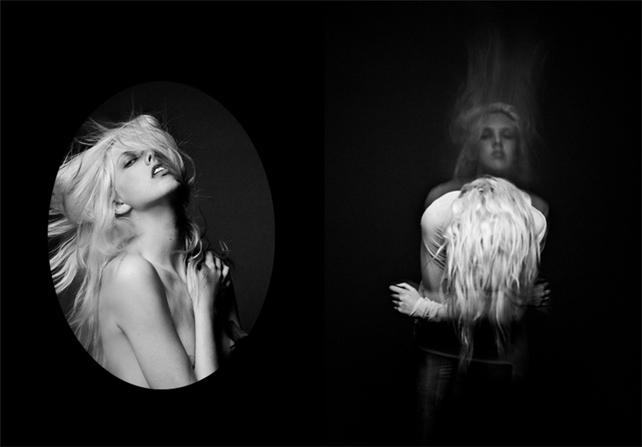
What was your first job?
I was a retail lemming, hawking $300 jeans to teenage girls. Having just been released from the confinement of six years in a single sex boarding school, it was a lot of fun.
Any regrets in your career history?
I’ve made mistakes in my career that I’ve learned from, but none that I particularly regret. I’ve made all the decisions in my career with the best information I had at the time and I don’t see any reason to entertain regret, let alone dwell in it.
If you could trade places with one person for a day who would it be?
Tough question. I think the caveat of a single day demands that the choice be self-indulgent so I’ll rule out the pious answer. I would go with one of my heroes, Kubrick or Kipling, but both led complicated lives of isolation. Juan Rochas – fresh from outwitting his nemesis on the battlefield, the woman of his dreams professing her love on one arm, the head of the man who massacred his family in the other. Walking through the adoring crowds of the town he had just liberated from tyrants, dripping in the blood and sweat of his exertions, he arrived at a carnival in his honour, proclaiming ten days of orgiastic feasting and dancing with the words, “Today. . we indulge our digestive tracts and our sexual organs, tomorrow – illumination.” He then went on to pen one of the greatest pieces of literature in history. He had it all (except his family).
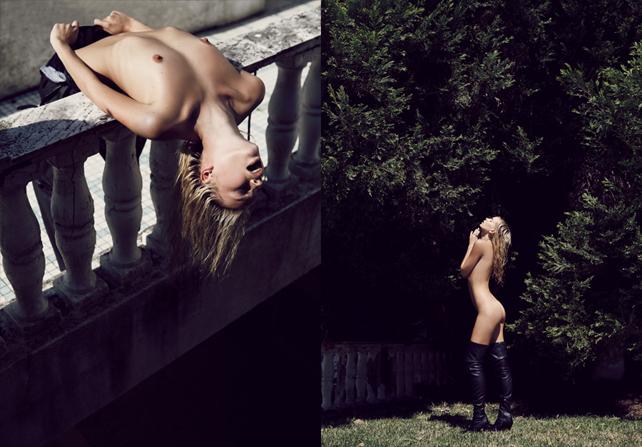
What advice would you give to people looking for a career similar to yours?
Like most creative disciplines, photography is both a challenging and competitive career choice. The advent of affordable camera technology has made the medium infinitely more accessible, and there now exists an imbalance between the number of photographers and the amount of platforms available to showcase their work. Additionally, there is now a paradox in which the functionality of the web allows you to create your own audience, but simultaneously, that same audience has become as transient as the time it takes to load another page, another portfolio – of which there are now thousands. These conditions demand that an aspiring photographer shape a unique perspective.
Additionally, fashion photography has been in the midst of a paradigm shift in which the still image is no longer the sole focus of a photographers work. The impetus for these changes has been technological, and I believe the full realisation of these developments will manifest in a multi-media approach to producing fashion imagery. This might include the moving image, collaboration with digital artists, and the inclusion of audio, narrative, and viewer interactivity. Potentially, I think we will see many photographers rebranded as ‘imagists’. It is important that would-be photographers are aware of all these changes and familiarize themselves with the relevant technologies. Other than this, my advice would be to take as many pictures as possible, love what you do to the point of obsession, and to make sacrifices to pursue your ambition.
What are you working on at the moment?
Aside from my ongoing commitments to editorial and advertising work, I am busy working on a variety of personal projects. These include an exhibition and accompanying zine, a still life series, a host of short fashion films (building towards a narrative driven short), and a new concept site that will launch in the coming months. Photography aside, I’ve been writing a collection of short stories which I hope to find a home of some description for. I am at a stage in my career where I determined to produce as much work as possible.
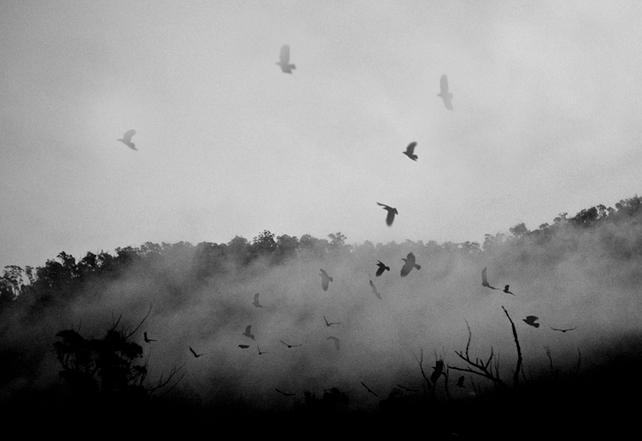
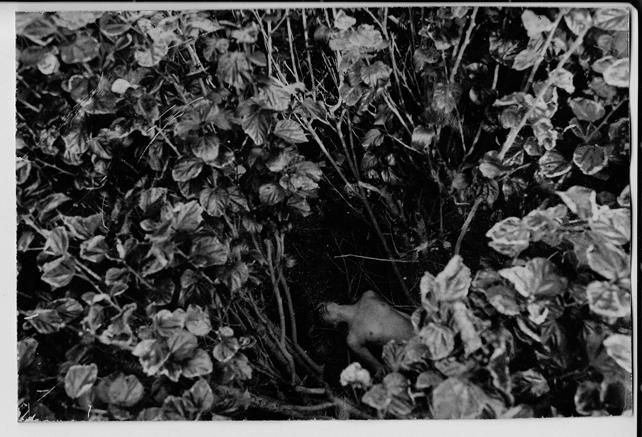
What are the highs and lows of your job?
HIGHS: Self-expression. Travel. The outdoors. Gadgets. Catering. Variability of assignment. Beautiful women. Simplicity. Pictures in print. The avant-garde. Invention. Self-employment. Muses. The company of talent. Accidental excellence. DIY. Inspiring collaboration. The striking from the mundane.
LOWS: Sporadic work. Too-skinny models. Unpredictable weather. Editorial pay. Conservatism. Sycophants. Youth-repelling hierarchical pecking orders. Implacable egos. Vacancy. Countless reclusive hours on the computer. Lone-wolf mentality. The wayward quest for ‘cool’.
Have you experienced any defining pinch-yourself ‘I can’t believe I’m getting paid for this’ moments?
I am finishing this interview from a remote island in the Tahitian archipelago. The resort is in an impossibly idyllic setting on an emerald green lagoon beneath a volcano. The crew and I have spent as much time on the beach in hammocks as we have taking pictures. This is definitely one of those moments.
What has been your most surreal moment?
We had been shooting for two days, 20km north of the remote western Queensland town of Windorah. In the middle of the desert under unimaginably oppressive heat, the six of us stood atop a blood red sand dune watching the sunset, music escaping from the rental car below, our skin crawling with flies. Abruptly, a crop duster flew above us, almost low enough to touch. Disappearing again, the wake of the plane left us standing alone in the void, beguiled by the hypnotically desolate landscape. It was just one of a series of cinematic moments on the trip that I remember vividly.
Where can we see more of your work or how can people contact you?
www.coldam.com
www.darren-mcdonald.com
dam_@mac.com

All Photos Provided by Darren McDonald


